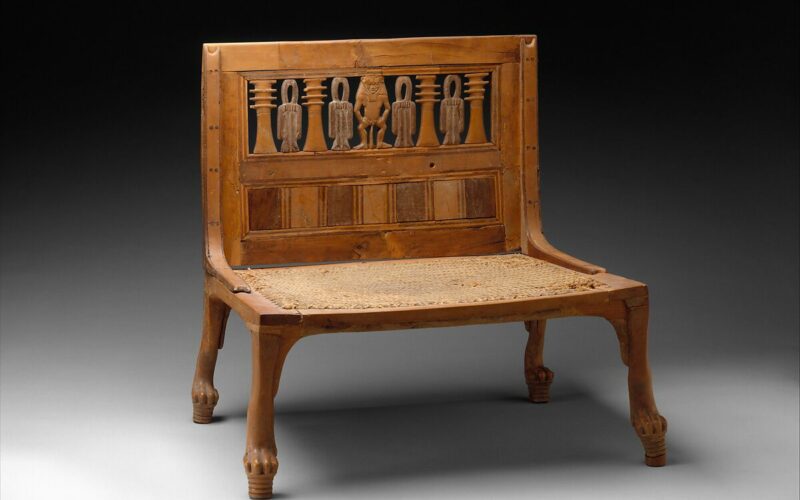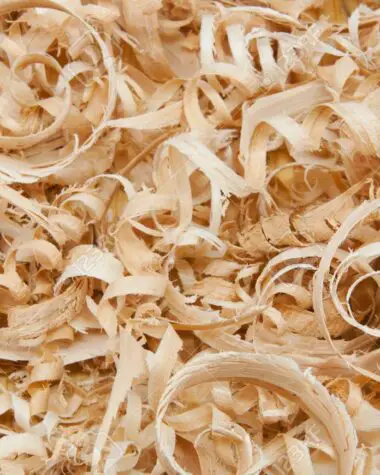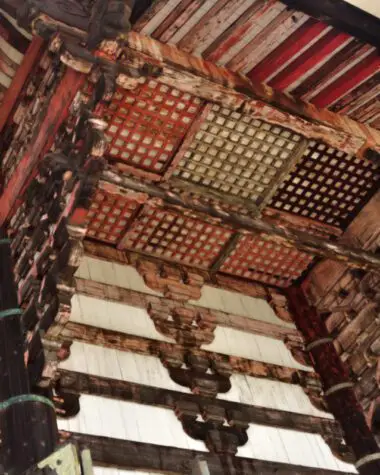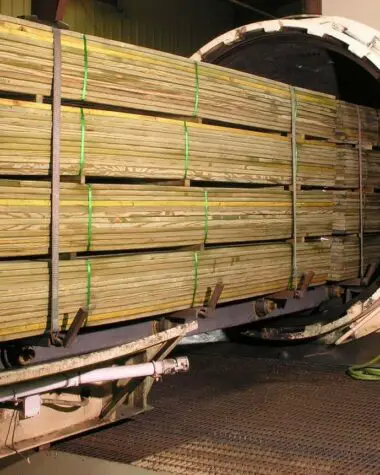Have you ever considered the invaluable inheritance the Egyptians left behind regarding woods? The Egyptians were highly skilled in tools and techniques and produced numerous magnificent projects out of wood.
Egypt teaches what transpired hundreds of years ago, from the magnificent pyramids, mystic stories of pharaohs, secret rites, immortality, Gods, and mythology. Thus, learning more about the ancient wood practices in Egypt is like a voyage back in time, somewhere far away from whatever you believe you know about this reality.
Forest in Ancient Egypt
Egypt was once considered a forest area because of the extensive tree cover that covered most of the country. According to historical accounts, Ancient Egypt devised a forest management system in the eleventh century CE. However, relentless wood harvesting on the land resulted in an adverse decrease in wood.
As mentioned, Egyptian territory was abundant with trees. As proof, the petrified woodlands next to the El Mokattam plateau and the Giza pyramids are examples of these trees. Pharaohs of Egypt planted and cared for trees. They imported cedar and pine wood from Syria and ebony wood from Sudan.
Additionally, Egyptian pharaohs planted lotus fruits, sycamores, and Santa trees. Egypt had focused more on growing wood trees during the Crusades to construct a maritime navy. From Gerga to Aswan, 20,000 feddans of trees were grown on both sides of the Nile.
Sacred Trees in Ancient Egypt
Due to their associations with both Osiris, the deity of the afterlife, and Ra, the sun god, several trees had an important symbolic and sacred role in early Egyptian culture. Let‘s get to know these sacred trees that appeared in Egyptian mythology and art.
Persea tree
The sacred “Persea tree,” also called the “ished tree,” was first planted and worshiped in Heliopolis during the Old Kingdom but gradually spread its roots to Memphis and Edfu. This, along with Egypt’s progressive shift to a drier climate, meant it would eventually perish.
Egyptians believed that Ra, who appeared to them as a cat, was guarding the tree and intimately connected it to the rising run. Those who ate the fruit of the Persea were said to have knowledge of their destinies and eternal life as it was thought to contain the divine design.
The Egyptians viewed the tree’s stem as the axis around which the heavens circled. Many people used its branches in funeral bouquets since it was also considered a symbol of resurrection. Africa no longer has Persea trees, most likely because of today’s dryer environment than it was during the time of the Ancient Egyptians.
Sycamore tree
The sycamore has unique mythological value. According to the Book of the Dead, the sun god Re emerged each morning from the eastern entrance of heaven, which was guarded by twin sycamores.
Furthermore, the goddesses Nut, Isis, and Hathor—dubbed Lady of the Sycamore—were all thought to have manifested as the sycamore. Sycamores were frequently planted close to cemeteries, and burying the dead in coffins made of the tree’s wood meant they would return to the mother tree goddess’ womb.
Willow
The willow tree, which typically grows in moist areas or closes to water, has been in Egypt since prehistoric times. While its branches were once tied together to create garlands for the gods, today’s wood is utilized to carve little objects.
To align them with Osiris, willow leaf garlands in the shapes of crowns have also been discovered in the tombs of pharaohs, including Ahmose I, Amenhotep I, and Tutankhamen.
According to the myth, Osiris was killed by his brother Set. Then, he took coffins and dumped his brother’s body into the Nile River. A willow tree grew up around the casket to guard the divine body. The divided parts of Osiris were said to reside in towns with willow tree groves, which turned them into hallowed locations.
Wooden Masterpieces from Ancient Egypt
The Egyptians are one of the ancient civilizations who inhabited this world long before we modern generations were born. To prove this notion, we explore beautiful examples of Egyptian masterpieces made from wood listed below.
Tables
Early Egyptians made unique tables. Their tables were usually made to stand very low. This unique design is because tables were rare for the Egyptian lifestyle since both cooking and eating were done on the floor. They would sit on the ground, enjoying the comfort of reed mats or pillows.
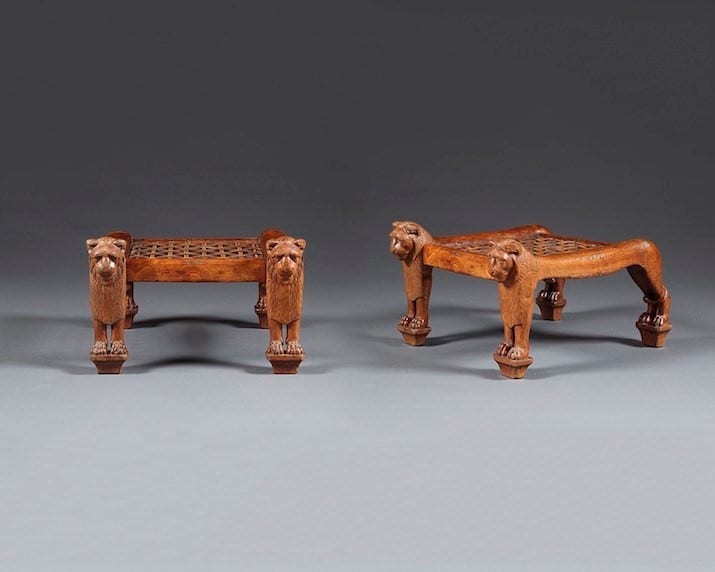
Jewelry Boxes
Egyptians are said to be among the first of the ancient civilizations to conceptualize and craft jewelry boxes with the clear intention of storing their precious treasures inside. Ultimately, ancient Egyptians have left a legacy in jewelry for their skills, eye for detail, and craftsmanship. The well-preserved discoveries from Tutankhamun’s tomb are the world’s biggest collection of gold and jewelry.
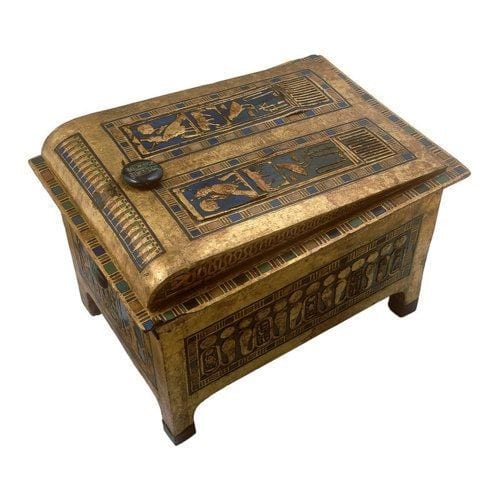
Beds
The Egyptians used a bed for eating and social entertainment, as described in the History of Beds by Mary Bellis. However, it’s important to mention that not all Egyptians had access to such a luxury as a private bed. It was the pharaoh’s right and privilege to enjoy his sleeping space away from the hard and cold ground.
Interestingly, it was during the very same time that the Egyptians first started piling up palm leaves to serve as mats, similar to South Africans, located at the opposite end of the continent.
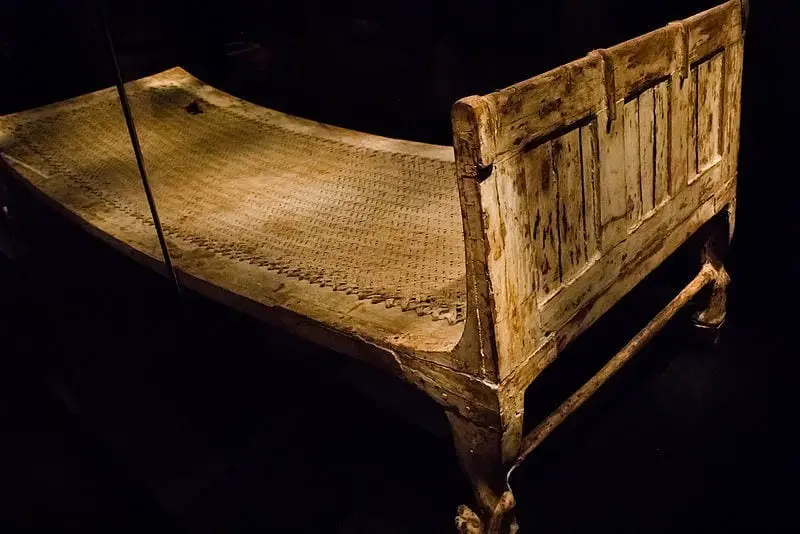
Chairs and Stools
Not all Egyptians could afford to furnish their homes with various stylish, lovely, and expensive pieces of furniture. This was quite unusual because, in ancient Egypt, only the richest individuals used seats. Thus, using inlaying techniques and lavishly embellished with animal and plant elements, these chairs were nothing less than masterpieces.
In contrast, the common Egyptians who did not belong to the nobility had access to relatively few wooden furniture pieces and little to no embellishments. They also made their own minimal wooden furniture, most of which consisted of leather-covered stools with three or four legs.
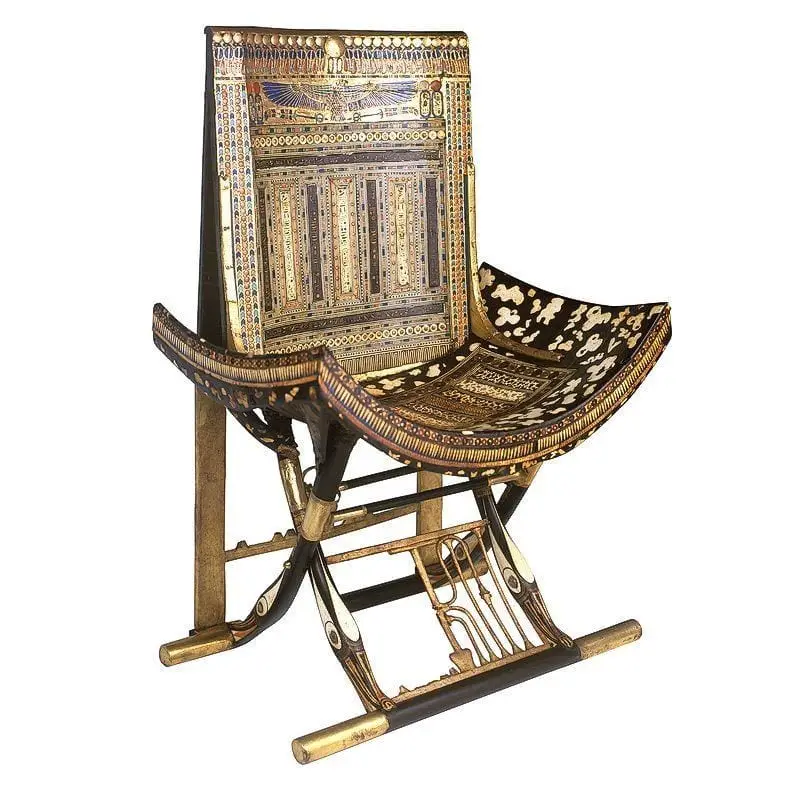

Chests
Experts were astounded by the beauty and delicacy of the skilled craftsmen’s work when they unveiled King Tutankhamun’s chest, which featured representations of his existence’s political, social, and military facets.
But the contents of the chest are just as amazing and fascinating. Ultimately, this chest held incredibly important personal treasures belonging to young King Tut. Among them are Papyrus sandals, three pairs of gilded sandals, label necklaces, and one gilded headrest.
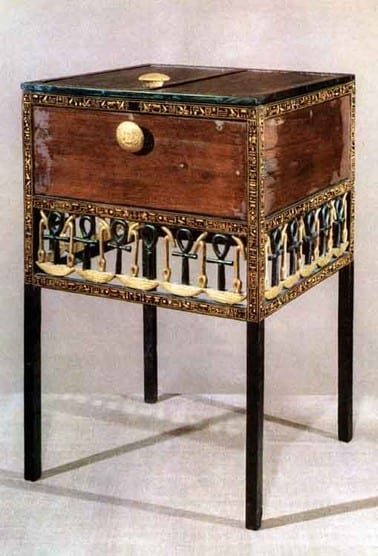

Finally, the King used some embroidered robes for important ceremonies. These ceremonial robes were each embellished with more than 3000 golden rosettes.
Final Thoughts
The Egyptians are among the numerous ancient civilizations that continue to astound the globe with their accomplishments. No matter how far modern technology has come, looking at their achievements is like a much-needed breath of fresh air. It is a gentle reminder that the universe is teeming with knowledge and facts just waiting to be discovered by our curious minds.
